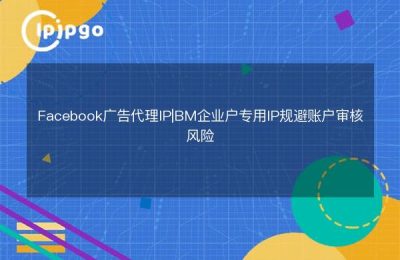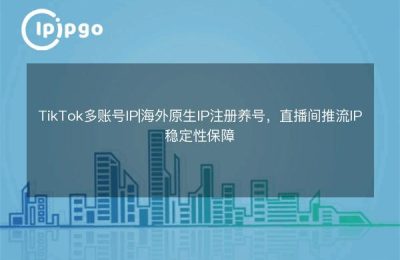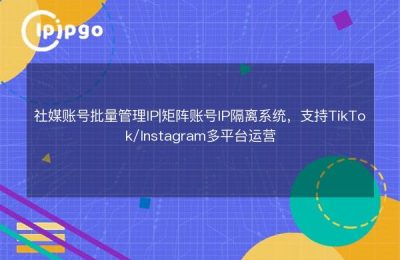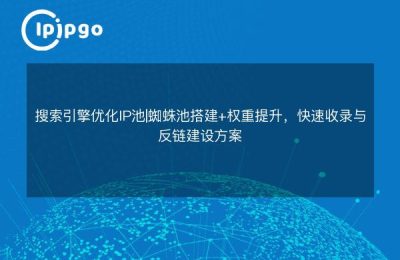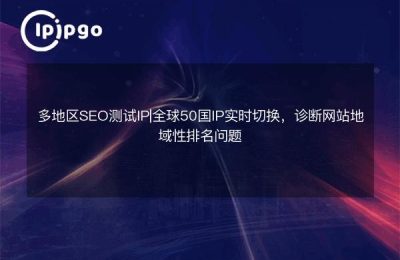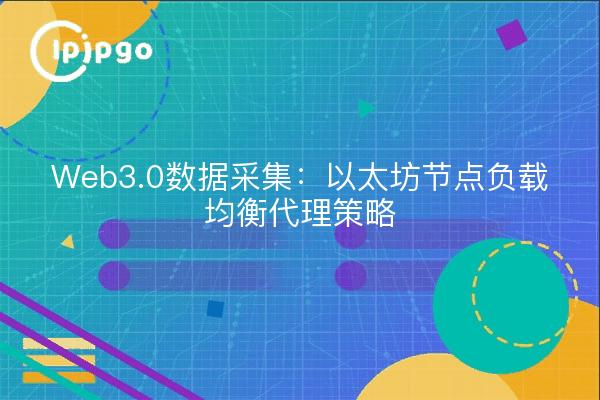
Last year, a friend who was doing data analysis on the chain spent three months to build an ethereum data collection system that suddenly collapsed - not a code problem, not a server failure, but the node request was too centralized and triggered the anti-climbing mechanism. This incident made me realize that in the Web3.0 era of playing data collection, it is not enough to understand blockchain technology, but also need to know "traffic camouflage".
I. Why are nodes always on strike?
Ether nodes are like convenience store cash registers, which are paralyzed by the influx of 50 customers at the same time during peak hours. Many developers are accustomed to using fixed IPs to swipe the JSON-RPC interface, which is equivalent to letting the cashier work continuously for 24 hours. What's worse, some data platforms will flag high-frequency access IPs, limiting the flow or permanently blocking them.
Real Lessons:A DeFi protocol team once used a single IP to initiate 20,000 contract queries per day, and three days later the node response rate plummeted from 200ms to 15 seconds, and eventually had to replace the server IP to restart the project.
Second, the proxy IP "intelligent diversion" tips
The key to solving node overload isDynamic allocation of request traffic. Here we recommend ipipgo's residential proxy solution, their resource pool of 90 million + real home IPs is equivalent to arranging exclusive channels for every data request:
| IP Type | Applicable Scenarios | scheduling strategy |
|---|---|---|
| Static Residential IP | Long-connection operations (e.g., real-time monitoring) | Bind fixed nodes |
| Dynamic Residential IP | High-frequency data crawling | Automatic rotation by request volume |
| City-level IP | Geographical characterization | Designated City IP Pool |
For example, to do a geographic analysis of NFT holders, use ipipgo'sCity Positioning Functions, which can initiate requests with residential IPs in New York, London, and Singapore, respectively, to get the raw geotagged data.
Three, four steps to build intelligent agent system
Take ipipgo+Python as an example of 20 lines of code to implement smart scheduling:
- Create an "Ethernet-only" IP pool in the ipipgo console and check the major node cities in North America and Europe.
- Enable "Smart Rotation" mode and set the IP to change every 50 requests.
- Integrate agent middleware in code:
proxies = { 'http': 'http://user:pass@gateway.ipipgo.com:port', 'https': 'http://user:pass@gateway.ipipgo.com:port' } - become man and wifeStochastic dormancy mechanism(0.5-3 seconds), simulating the rhythm of human operation
Four, three anti-banning tricks
1. Fingerprint drifting: Simultaneously change User-Agent and browser fingerprint every time you switch IPs. ipipgo's API supports returning the time zone where the proxy IP is located, directly matching the information of local mainstream devices.
2. Flow obfuscation: When crawling transaction data, intersperse visits to non-sensitive pages of the target website (e.g., team profiles, whitepapers) to bring the traffic profile closer to real users.
3. Staggered collection strategy: Utilizing ipipgo's global node advantage, Europe and the United States at night with Asian IP collection, Asia early morning cut Europe and the United States IP work, perfect avoidance of network peak periods around.
V. Pitfalls commonly stepped on by developers
Q: Why is it still restricted even if I use a proxy?
A: Check if these two taboos have been violated: ① the same IP continuously requesting the same interface more than 10 times / minute ② not clearing the browser cookie resulting in the exposure of the device fingerprint.
Q: Do I need to build my own nodes?
A: No need at all! ipipgo has integrated mainstream node service providers including Infura, Alchemy, through the"Protocol AdaptationThe function automatically matches the best access method.
Q: How is historical data backtracking handled?
A: It is recommended to turn on the static IP mode to lock a specific area, together with the block height parameter segmentation collection. ipipgo provide72-hour IP retention period, ensuring data consistency.
Recent tests have found that with load balancers like Blutgang, the use of ipipgo dynamic IP solution can increase the efficiency of data collection by more than 3 times. But remember, even the best tools are only auxiliary, the key is still to follow the "slow start, gradual acceleration" principle - the initial free trial package to test the platform's wind control thresholds, to find the safety threshold and then fully rolled out.

